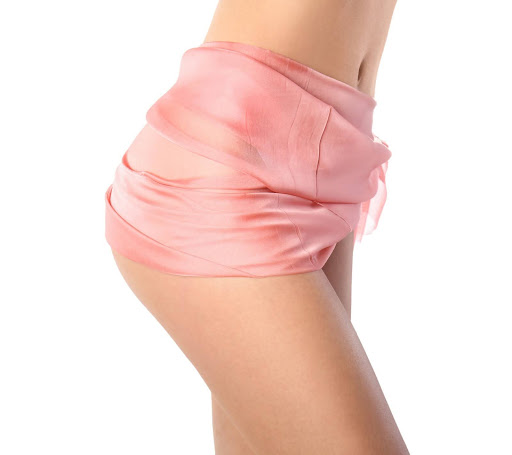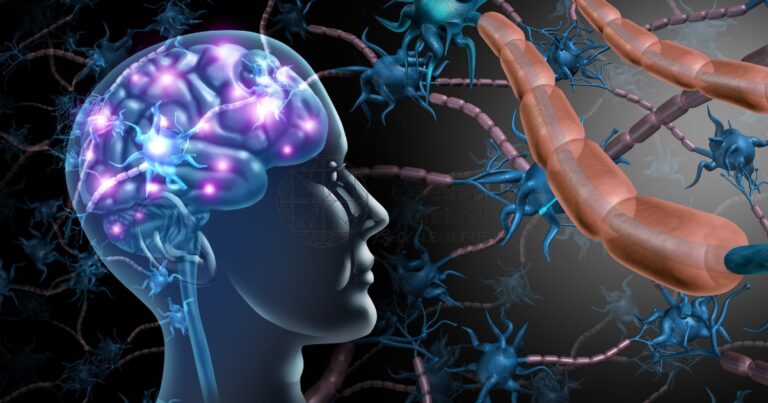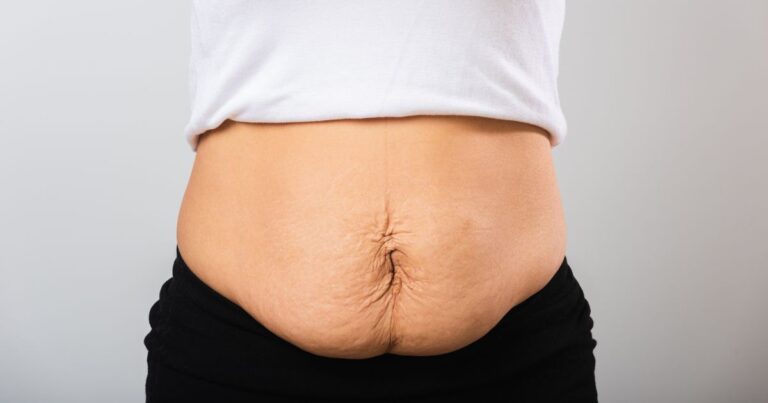Is Liposuction Painful? Truth About the Procedure & Healing
Liposuction is a popular cosmetic procedure aimed at removing excess fat from specific areas of the body. However, a common concern among potential patients is, “Is liposuction painful?” Understanding the pain associated with liposuction can help set realistic expectations and prepare for the recovery process.
Is Liposuction Painful During the Procedure?
Anesthesia Options for Liposuction
Liposuction is typically performed under anesthesia, which significantly reduces pain during the procedure. The type of anesthesia used can vary based on the extent of the surgery and the patient’s preference. Local anesthesia numbs only the targeted area, while general anesthesia renders the patient unconscious, eliminating any sensation during the surgery.
- Local Anesthesia : Ideal for small areas; patients remain awake but feel no pain.
- General Anesthesia : Used for larger areas; patients are asleep and unaware of the procedure.
- Epidural Anesthesia : Sometimes used for procedures on the lower body.
Sensations During Liposuction Surgery
During liposuction, patients may experience sensations of pressure or movement, but pain is generally not felt due to anesthesia. The surgeon uses a cannula to suction out fat, and while this might sound uncomfortable, the anesthesia ensures a pain-free experience.
- Pressure : Some patients report feeling pressure as the cannula moves.
- Vibration : A vibrating sensation might be felt, but it is not painful.
- No Pain : Anesthesia effectively blocks pain during the procedure.
Pain Levels After Liposuction Surgery
Immediate Post-Operative Discomfort
After the anesthesia wears off, patients may experience some discomfort. This is a normal part of the healing process and can vary in intensity. Most patients describe the sensation as soreness or tenderness in the treated areas.
- Soreness : Common in the first few days post-surgery.
- Swelling : Can contribute to discomfort.
- Bruising : May cause tenderness in the affected areas.
Pain Management Techniques
Effective pain management is crucial for a smooth recovery. Surgeons often prescribe pain medications to help manage discomfort. Additionally, applying ice packs and wearing compression garments can alleviate pain and reduce swelling.
- Pain Medications : Prescribed to manage post-operative pain.
- Ice Packs : Help reduce swelling and numb the area.
- Compression Garments : Support healing and minimize discomfort.
Liposuction Recovery and Pain Timeline
First 24-48 Hours Post-Surgery
The initial 24-48 hours after liposuction are typically the most uncomfortable. Patients are advised to rest and avoid strenuous activities. Pain and swelling are most pronounced during this period.
- Rest : Essential for recovery.
- Elevate Treated Areas : Helps reduce swelling.
- Hydration : Important for healing.
1-2 Weeks After Liposuction
Pain and swelling gradually decrease over the first two weeks. Patients can usually return to light activities, but should still avoid heavy lifting or intense exercise.
- Light Activities : Can be resumed after a few days.
- Avoid Strenuous Exercise : Until cleared by the surgeon.
- Follow-Up Appointments : Ensure proper healing.
Long-Term Recovery and Residual Soreness
Long-term recovery varies, but most patients experience significant improvement in pain and swelling after a few weeks. Some residual soreness or numbness may persist for several months.
- Residual Soreness : May last for a few months.
- Numbness : Common but usually temporary.
- Full Recovery : Typically within 3-6 months.
Factors Affecting Liposuction Pain Levels
Treatment Areas and Pain Sensitivity
The location of the liposuction can influence pain levels. Areas with more nerve endings, like the abdomen, may be more sensitive than others.
- Abdomen : Often more sensitive.
- Thighs and Arms : Generally less painful.
- Back and Flanks : Moderate sensitivity.
Amount of Fat Removed
The volume of fat removed can also impact pain. Larger volumes may result in more swelling and discomfort.
- Small Volume : Less pain and quicker recovery.
- Large Volume : More swelling and longer recovery.
- Moderate Volume : Balanced pain and recovery time.
Individual Pain Tolerance
Pain tolerance varies from person to person. Some individuals may experience more discomfort than others, even with the same procedure.
- High Pain Tolerance : May experience less discomfort.
- Low Pain Tolerance : May require more pain management.
- Average Pain Tolerance : Typical recovery experience.
Minimizing Discomfort During Liposuction Recovery
Compression Garments and Their Role
Wearing compression garments is crucial for reducing swelling and supporting the healing process. They help contour the body and minimize discomfort.
- Reduces Swelling : By applying gentle pressure.
- Supports Healing : Keeps tissues in place.
- Improves Comfort : By reducing movement of treated areas.
Prescribed Pain Medications
Doctors often prescribe pain medications to help manage post-operative discomfort. It’s important to follow the prescribed dosage and schedule.
- Follow Prescription : For effective pain management.
- Avoid Overuse : To prevent side effects.
- Consult Doctor : If pain persists.
Activity Restrictions to Reduce Pain
Limiting physical activity is essential to minimize pain and promote healing. Patients should avoid heavy lifting and strenuous exercise until cleared by their surgeon.
- Avoid Heavy Lifting : To prevent strain.
- Limit Exercise : Until fully healed.
- Gradual Return : To normal activities.
Comparing Liposuction Pain to Other Cosmetic Procedures
Liposuction vs. Tummy Tuck Pain Levels
Liposuction is generally less painful than a tummy tuck, which involves more extensive surgery and a longer recovery period.
- Liposuction : Less invasive, quicker recovery.
- Tummy Tuck : More invasive, longer recovery.
- Pain Levels : Typically higher for tummy tuck.
Is Liposuction Painful Compared to Non-Invasive Fat Reduction?
Non-invasive fat reduction methods, like CoolSculpting, are generally less painful than liposuction. However, they may require multiple sessions to achieve similar results.
- Non-Invasive Methods : Less pain, no downtime.
- Liposuction : More effective in one session.
- Pain Comparison : Lower for non-invasive methods.
Managing Expectations: Realistic Pain Levels for Liposuction
Patient Testimonials on Liposuction Pain
Many patients report that the pain from liposuction is manageable and decreases significantly after the first week. Testimonials often highlight the effectiveness of pain management techniques.
- Mild to Moderate Pain : Reported by most patients.
- Effective Pain Management : Key to a smooth recovery.
- Positive Outcomes : Despite initial discomfort.
Dr Alexandre’s Approach to Minimizing Discomfort
Dr Alexandre emphasizes personalized care and effective pain management strategies to minimize discomfort for his patients. His approach includes thorough pre-operative consultations and tailored post-operative care plans.
- Personalized Care : Tailored to individual needs.
- Effective Pain Management : Ensures patient comfort.
- Comprehensive Support : Throughout the recovery process.
Potential Complications and Increased Pain After Liposuction
Signs of Infection and Excessive Pain
While rare, infections can occur after liposuction and may lead to increased pain. It’s important to recognize the signs and seek medical attention promptly.
- Redness and Swelling : Beyond normal levels.
- Fever : May indicate infection.
- Persistent Pain : Requires medical evaluation.
When to Contact Dr Alexandre About Post-Operative Pain
Patients should contact Dr Alexandre if they experience severe or persistent pain that does not improve with prescribed medications. Early intervention can prevent complications.
- Severe Pain : Not relieved by medication.
- Unusual Symptoms : Such as fever or excessive swelling.
- Prompt Contact : Ensures timely care.
Long-Term Results and Pain Considerations
Residual Numbness and Sensitivity
Some patients may experience residual numbness or sensitivity in the treated areas. These sensations typically diminish over time.
- Temporary Numbness : Common but usually resolves.
- Increased Sensitivity : May occur in some areas.
- Gradual Improvement : Over several months.
Maintaining Results Without Discomfort
Maintaining a healthy lifestyle is key to preserving liposuction results without discomfort. Regular exercise and a balanced diet can help prevent weight gain.
- Healthy Diet : Supports long-term results.
- Regular Exercise : Helps maintain body contour.
- Lifestyle Changes : Essential for lasting outcomes.
Final Thoughts
Liposuction can be a transformative procedure for those looking to remove stubborn fat deposits. While some discomfort is expected, effective pain management and realistic expectations can make the process more manageable. Consulting with an experienced surgeon like Dr Alexandre can ensure a smooth and successful recovery.
FAQs
Is Liposuction Painful Under Local Anesthesia?
Liposuction under local anesthesia is generally not painful. Patients remain awake but do not feel pain in the treated area due to the numbing effect of the anesthesia. This option is suitable for smaller areas and allows for a quicker recovery.
How Long Does Pain Last After Liposuction?
Pain after liposuction typically lasts for a few days to a week. Most patients report significant improvement in discomfort after the first week, with residual soreness gradually diminishing over the following weeks.
What Does Liposuction Pain Feel Like?
Liposuction pain is often described as soreness or tenderness, similar to the feeling after an intense workout. The discomfort is usually manageable with prescribed pain medications and subsides as the body heals.
Which is more painful tummy tuck or liposuction?
A tummy tuck is generally more painful than liposuction. This is because a tummy tuck involves more extensive surgery, including muscle tightening, which leads to a longer and more uncomfortable recovery period.
Is lipo 360 painful?
Lipo 360, which targets multiple areas around the midsection, can be more uncomfortable than traditional liposuction due to the larger treatment area. However, pain management techniques are effective in minimizing discomfort.
Is stomach liposuction painful?
Stomach liposuction can cause some discomfort, particularly in the first few days post-surgery. The pain is usually described as soreness and is manageable with prescribed medications and proper care.
How painful is a tummy tuck with liposuction?
A tummy tuck with liposuction is more painful than liposuction alone. The combination of procedures involves more extensive surgery, leading to increased discomfort and a longer recovery period.








